ISMRT Power Pitch
ISMRT Poster Awards
ISMRM & ISMRT Annual Meeting & Exhibition • 10-15 May 2025 • Honolulu, Hawai'i

| 17:05 |
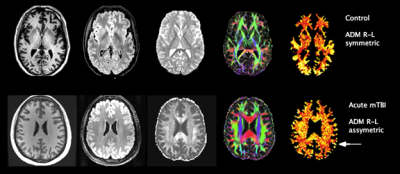 |
5298. White
matter axon effective radii a biomarker for acute mild TBI by a
high B value Diffusion weighted imaging in a high performance
head only scanner.
G. Kohls, H. Yalewayker, H. Morris, J. DeMarco, T. Foo, V.
Ho
USUSH/WRNMMC, Bethesda, United States
Impact: : High B-value diffusion imaging (b > 30000
mm2/sec) can detect changes in mild TBI subjects that can be
seen to progress through the recoveryprocess. The
high-performance gradient system, MAGNUS, (200mT/m,
500T/m/s) scanning without peripheral nerve stimulation in
the subject.
|
| 17:05 |
 |
5299. Accuracy
of liver fat-fraction measurement using two point-Dixon: A
comparison of two MRI systems
K. Dasai, Y. Ouchi, M. Nakagawa, K. Watanabe
Saiseikai Yokohamashi Tobu Hospital, Yokohama, Japan
Impact: This study demonstrated that different MRI
systems and sequences have little impact on the accuracy of
fat-fraction measurements. The versatile two-point Dixon has
advantages in the initial search for fatty liver patients
because it is not limited by MRI systems.
|
| 17:05 |
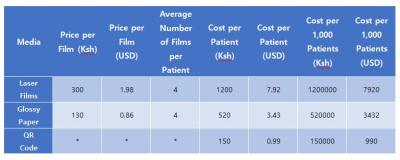 |
5300. A
PILOT STUDY TO INVESTIGATE MORE SUSTAINABLE METHODS FOR
PROVIDING ACCESS TO MRI IMAGES IN LOW- & MIDDLE-INCOME COUNTRIES
(LMICs)
I. Ohuma, C. Mokua, J. Thairu, K. Njeru, S. Farhuqason, P.
Kung'u
AIC CURE Children's Hospital of Kenya., Nairobi, Kenya
Impact: This study finds that QR codes and glossy paper
are cost-effective and reliable for image transmission and
that there is a willingness to accept the aforementioned
alternative media.
|
| 17:05 |
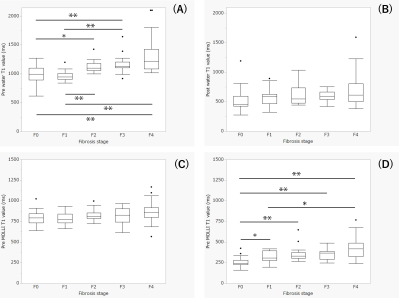 |
5301. Water
T1 Values Derived from MR Spectroscopy: A Novel Biomarker for
Liver Fibrosis Assessment
M. Suzuki, T. Hayashi, N. Kazutaka, H. Tanigawa, H. Kawata,
S. Nagata, T. Tounan, T. Kawaguchi, S. Tanoue
Kurume university hospital, Kurume, Japan
Impact: Pre-water T1 values enable non-invasive liver
fibrosis assessment using conventional MR systems without
contrast agents or specialized elastography hardware. This
accessible approach could revolutionize clinical practice by
providing accurate fibrosis evaluation with minimal
technical requirements.
|
| 17:05 |
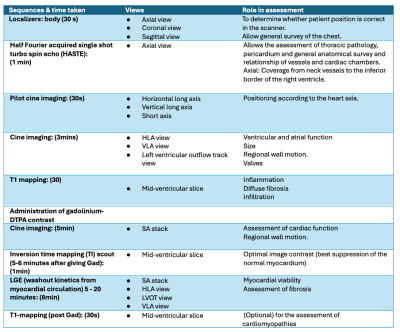 |
5302. Advancing
skills to Radiographers for Delivering Cardiac Magnetic
Resonance in Kampala, Uganda using Abbreviated Protocols
P. Maishi, K. Menacho, A. Mbonye, G. Erem, J. Kayima, S.
Kraus, J. Dungu, A. Herrey, S. Mohiddin, N. Ntusi
University of Cape Town, Cape Town, South Africa
Impact:
|
| 17:05 |
 |
5303. Could
AI-driven acceleration techniques be one answer to the issue of
environmental sustainability in MRI?
A. Borella, J. Warner
Monash Health, Melbourne, Australia
Impact:
The overall impact of AI-powered MRI optimisation is significant: reduced scan times, lower energy consumption, cutting carbon emissions, and improved operational efficiency. This contributes to healthcare sustainability, reduces costs, and enhances patient comfort, while fostering environmental stewardship. |
| 17:05 |
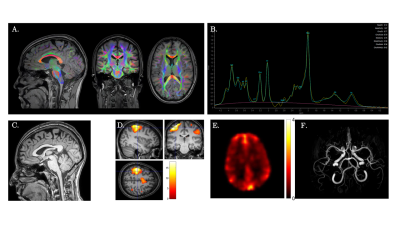 |
5304. Scan
With me (SWIM): Enhancing Dementia Imaging Through Training Of
MRI Personnel in Low-and Middle-Income Countries.
C. Montalba, A. Harrison, M. Fernandez Garcia, F. Botwe, A.
Nashirudeen Mumuni, O. Akinwale, J. Wairimu Thairu, S.
Zurakat-Aderibigbe, S. Maharjan, A. Adewo, K. Mokoena, A.
Alfaro, G. Flores, J. Mifatu, T. Lim, A. Zeraii, F. Abiodun,
F. Dako, U. Anazodo
Pontificia Universidad Católica de Chile, Santiago, Chile
Impact: A sustainable training approach was implemented
to provide expertise to MRI radiographers, enabling them to
train their peers in resource-limited settings. Training
outcomes were assessed through evaluations, and the
high-quality images produced by participants.
|
| 17:05 |
 |
5305. Optimizing
Brain Imaging Protocols: Advanced Acquisition Techniques for
Radiotherapy with Immobilization Masks
N. delivert, V. le merlus, c. geran, n. douir
Gustave Roussy, thiais, France
Impact: The radiotherapy mask during brain MRI renders
the head coil unusable. This work significantly improved
image quality with a custom setup: a 4-channel Flex coil at
the back and an 18-channel UltraFlex coil around the top of
the patient’s head.
|
| 17:05 |
 |
5306. Brain
Volume Reduction in Thrombotic Thrombocytopenic Purpura: A
Quantitative MRI Study in Patients in Remission
J. T. Castro
UNICAMP (Universidade Estadual de Campinas), Campinas, Brazil
Impact: These findings suggest that TTP may cause
lasting structural brain changes even after the acute phase,
potentially contributing to chronic neurological deficits.
This study highlights the importance of continuous
monitoring of TTP patients in remission.
|
The International Society for Magnetic Resonance in Medicine is accredited by the Accreditation Council for Continuing Medical Education to provide continuing medical education for physicians.